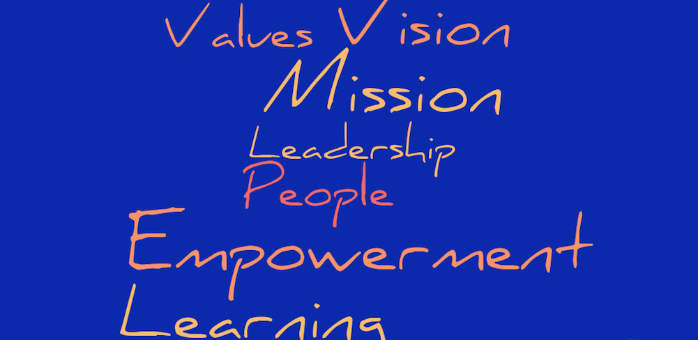
Legendary Workplace Culture
- Posted by hsgraham
- On July 14, 2015
Workplace culture is the foundation of what builds success or failure. We hear stories about the absence of culture, or building a culture, and stories of legendary culture. Early in my career, I experienced legendary workplace culture, and it helped shape my understanding of culture, and the essential components required to create one that is legendary. It is natural to admire and benchmark a great organization, however, simply getting their playbook, or hiring their people, doesn’t mean you can re-create another organization’s culture. Cultures are unique. Many opinions exist on organizational culture. One common point is how great brands and organizations cannot survive without attention on culture.
From my perspective, creating a legendary culture has four essential components:
1. It starts at the top.
Leaders set the tone for an organization. They design and communicate the mission and vision of the company but they also must live the mission and vision. Common characteristics of these leaders include being open, people-centric, transparent, and authentic. They are convicted by their beliefs, and consistently drive the mission of the organization. It’s true that culture eats strategy, and leaders establish the values that navigate success or failure.
2. People are assets-invest in and grow them.
Leverage the talent. Talent selection involves alignment of culture with exceptional people. Building a legendary culture takes people – talented people. When working for an organization that values talent, you notice the select group of professionals on the team. They raise the bar and, as a result, they make the whole team better. Being hired into a culture that values talent is evident. It involves finding the fit between the culture, and assessing the potential talent’s ability for growth and contribution.
Emphasis on learning. Developing talent should be intentional and ingrained. Training is integrated during all phases of career development and is tailored to meet the goals of the professional and organizational. Specifically, the learning strategy goes beyond basic skills, or focused on tactics. Legendary cultures use talent development systems that are strategic. Prioritizing learning as part of the culture increases the organizational value. People drive results.
Focused on growing people assets. Training is one part of organizational effectiveness. Managers need systems designed on the cultural philosophy of how the organization does business. Team members will embrace the culture, clients’ will respected it, and competitors wish they could replicate it. Create an environment that supports the development of the person. Growing the people asset is a part of designing a legendary culture.
3. Allocate resources for success.
Building a legendary culture involves providing the resources needed to compete. Organizations with legendary culture devote resources to help their people be the best. Great resources can be a competitive advantage, but also a cultural one. Your people notice what you value.
4.Reputation is born from culture.
Excellent reputations happen when a culture supports autonomy and creativity. People need to be empowered. If you are in sales, this means cultivating partnerships that yield results for clients, and the ability to walk away from bad business. One of the best examples of cultural reputation is from Ritz Carlton. Team members are empowered to use a set amount of money to resolve a guest issue, without approval. Ritz also requires intensive training before any team member has a “guest encounter”. Ritz Carlton’s reputation was born from its culture of exceptional service.
In these environments, recognition goes beyond compensation; legendary cultures create legendary talent, and they deliver results that are also legendary!


